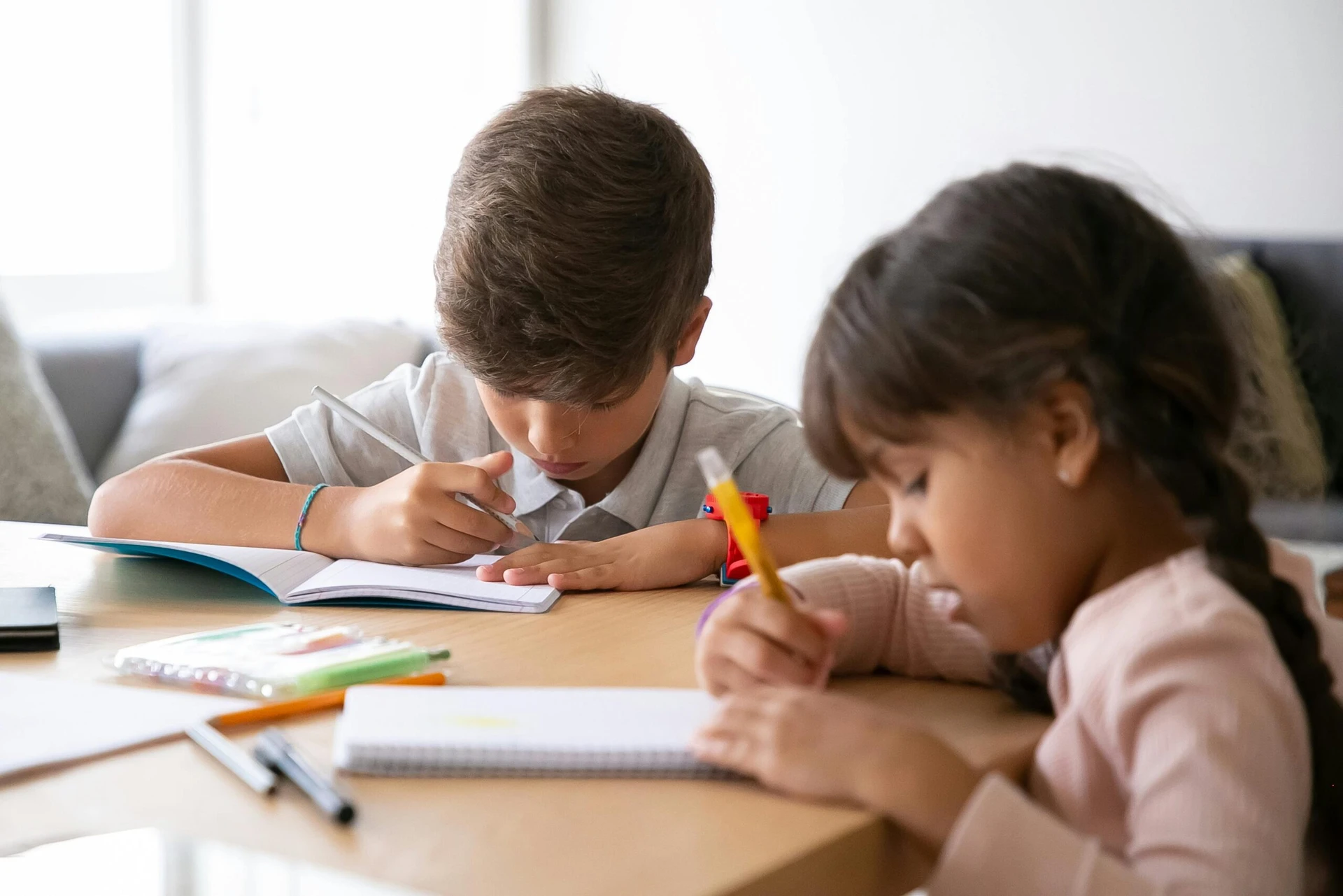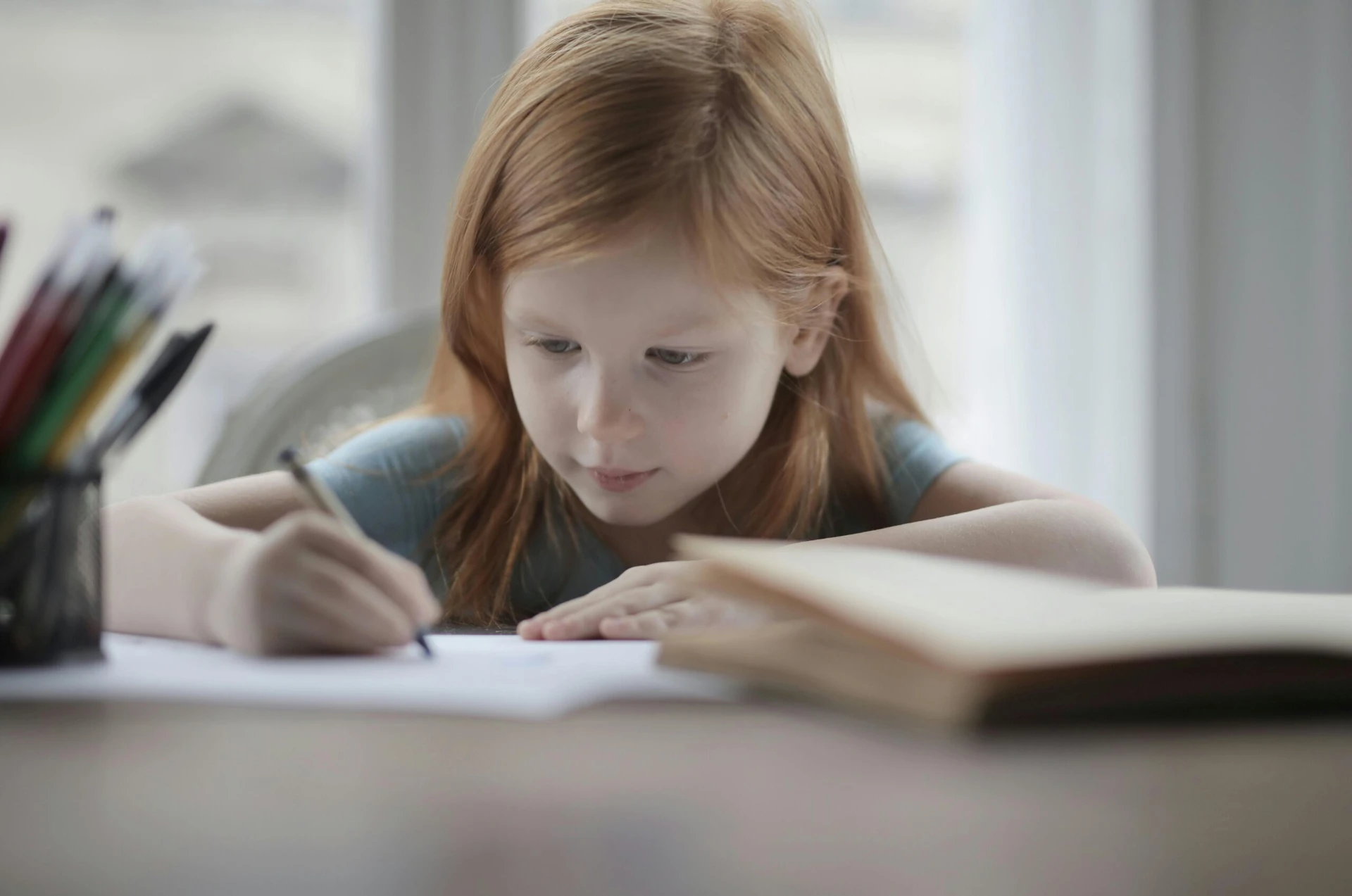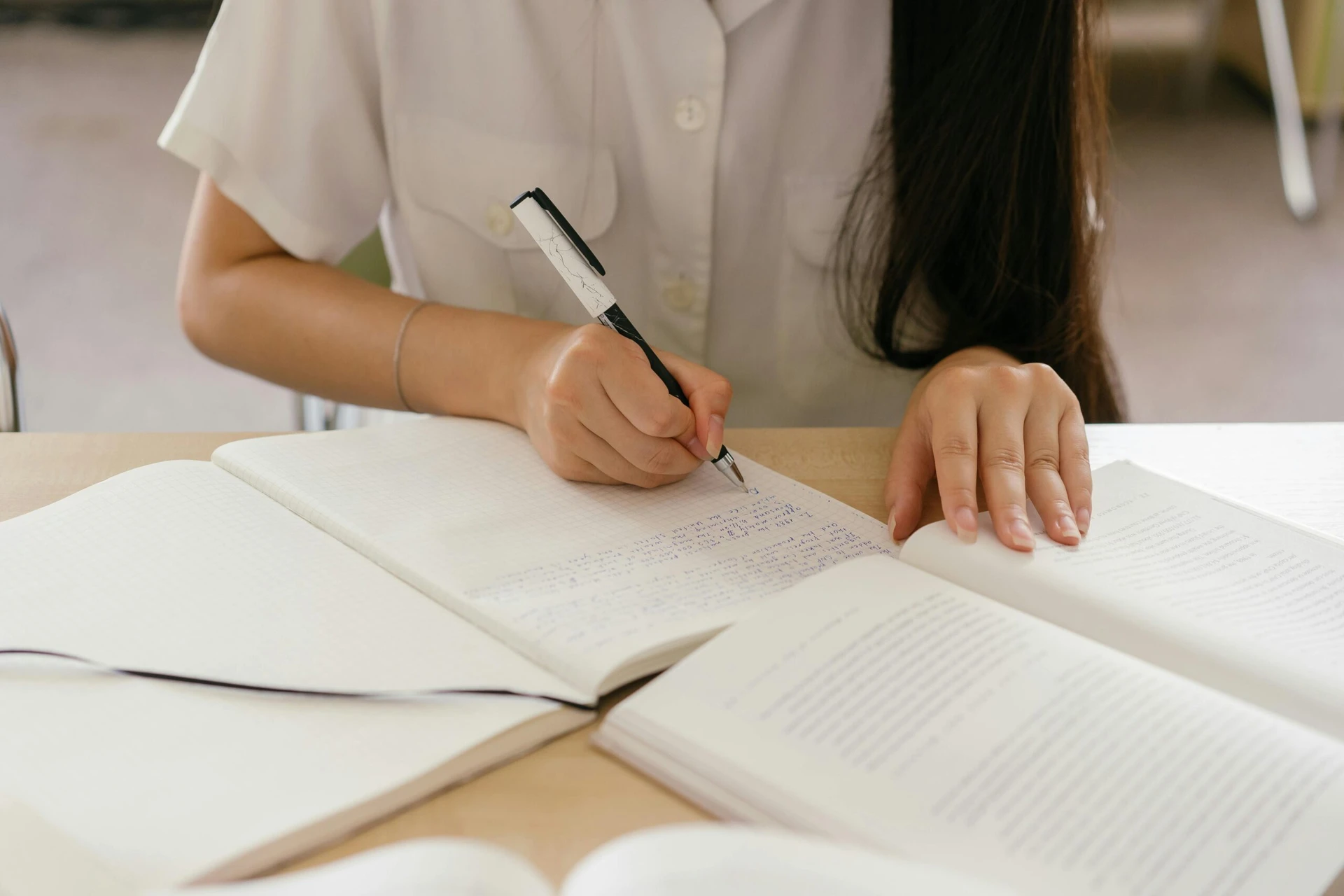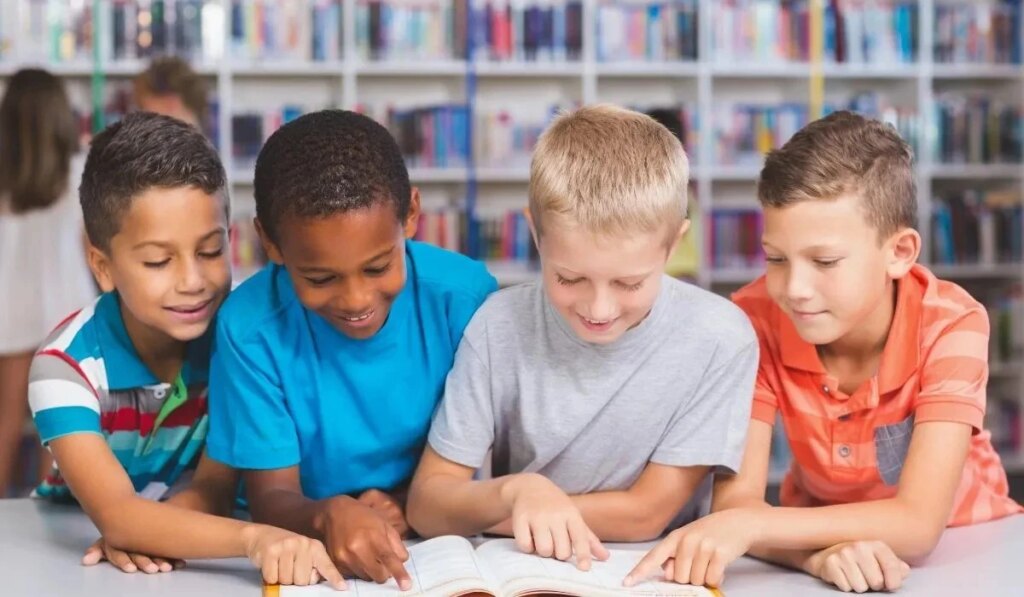From learning loss to the dopamine trap, discover why paper and books remain essential for young minds in a digital world.
There is something romantic about putting pen to paper. Journaling your secrets, seeing the fresh ink describe the beginning of a story, or watching your notes come to life in your own handwriting. We are entering a new age, one that, in fact we have been in for quite a while.
School used to survive on paper. Everything that was done had a tangible paper copy, but now, things are a little different. It is arguably more ecological; there is certainly not as much printing as there was before. However, there is one important fact that we ought to consider when discussing this technological shift: children learn better using paper than using screens.
Screens and Learning Loss: What the Pandemic Taught Us

The world is truly at our fingertips. We have information, and misinformation, at the click of a button. You would think this would be like a second enlightenment, a thirst for further knowledge and a flourishing of intellectual capacity. The reality is somewhat different. The COVID-19 pandemic shut down in-person learning and restricted the American scholarly scene to online learning.
Students became less attentive, their reading levels dropped, and many did not feel the need to show up and participate. Following the reopening of the world, and of schools, absenteeism remained high amongst students. All the information was online, so many felt as if being physically present was an option, not a requirement.

This data is not only found in America, nor did the problem only arise following the pandemic. There has been a constant decline in English and mathematics proficiency. The technological revolution may have led to a plethora of new advancements but it also gave students devices infected with distraction. Training your brain to stay focused and attentive takes time and constant effort, usually reinforced at an early age through school.
However, with the reliance on technology, the need for longer attention spans is lessening and lessening. Kids can no longer easily push for their intellectual potential because their learning is mainly conducted on online spaces that are not optimal for comprehension and concentration.
The Dopamine Trap: How Devices Distract Young Minds
One of the biggest and most popular technological advances was the smartphone, and now, it is like a dopamine machine. Even our laptops give access to various social media platforms, full of short-form videos that can keep you entertained for hours on end. Of course, with such easily achieved dopamine, our brains no longer have to work as hard to achieve feelings of contentment and reward.

Contrary to what students may say, writing assignments or reading paper books can give us a feeling of hard-earned reward. Humans are wired to want to learn and achieve. Our superpower is our brain, and it needs to be worked on. A study from the University of Valencia found that reading print is six to eight times more effective at building comprehension skills than reading on screen.
This phenomenon is so prominent in studies that it has been named the ‘Screen Inferiority Effect’ and describes how reading on a technological device leads to a lower level of understanding and information retention.
Adapting to the Future: Technology, AI, and Education

Although this all sounds a little pessimistic, the future isn’t all full of grey clouds. Like all technology before us, we learn to adapt. It is frightening at first, but like in schools, it is unlikely that things will go back to exactly how they were. Teachers will learn to adapt; students will need to learn the impact of AI and work harder on skills like reading and deeper topic knowledge.
Maybe ChatGPT and other AI platforms will one day provide useful tools for students, rather than simply replacing the thought and research process. The problem we face now is that, unlike many other technological advancements, the development of AI is going at lightning speed, and we are constantly running to keep up.
Why Students Still Crave Books and a Pen on Paper

In the meantime, encouraging students to spend more time putting pen to paper and to picking up real, physical books can actively fight against the negative impacts of technology and screen-based learning. Children and adolescents can also be their own biggest influencers. The success of BookTok on TikTok, as well as media trends like ‘Dark Academia’ which romanticize a life of academics and writing, suggest that there is reason to have hope.
The Path Forward: Blending Tradition with Innovation

The studies that have arisen around levels of subject comprehension leave much to be desired, but maybe these results are just in need of a bit of framing. Data is needed in order to inform action and to move forward with the best path possible. These results, whilst a reality check, can allow us to improve the education system rather than enable it to continue on its downward spiral.
If students learn better on paper, then we need to learn how to implement this into their lives rather than live in pessimism and yearning for simpler times. Data like this demands action. The younger generation is the one that will likely predict the rest of our futures – shouldn’t we want to give them the best chance at success?
Join our community of 1.5M readers
Like this story? You'll love our free weekly magazine.








